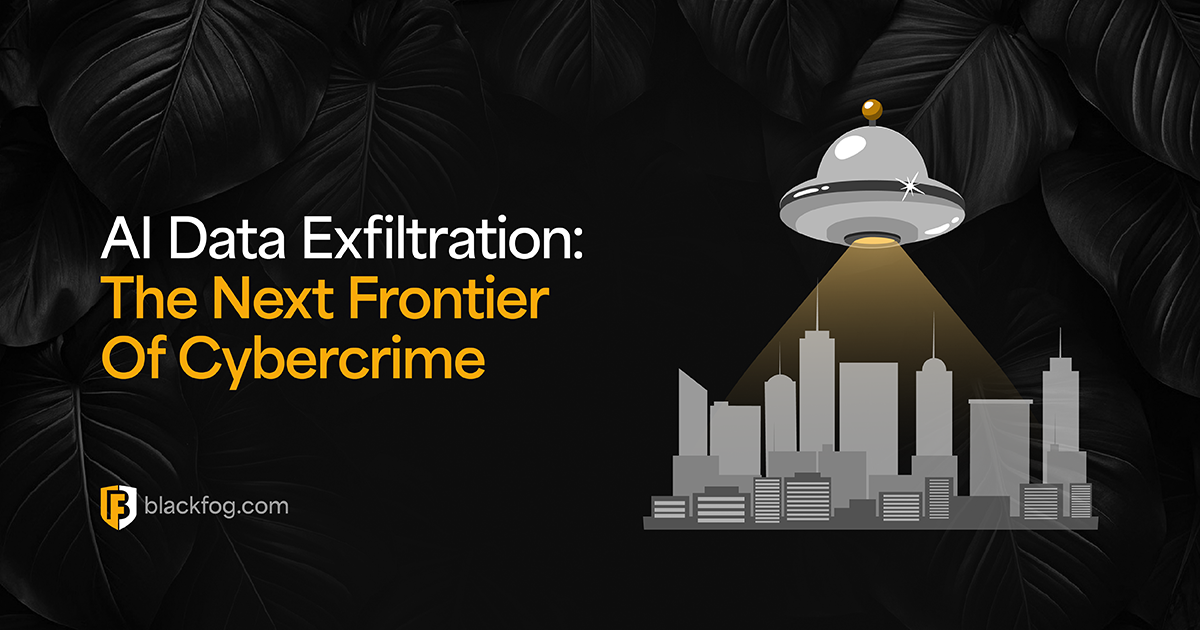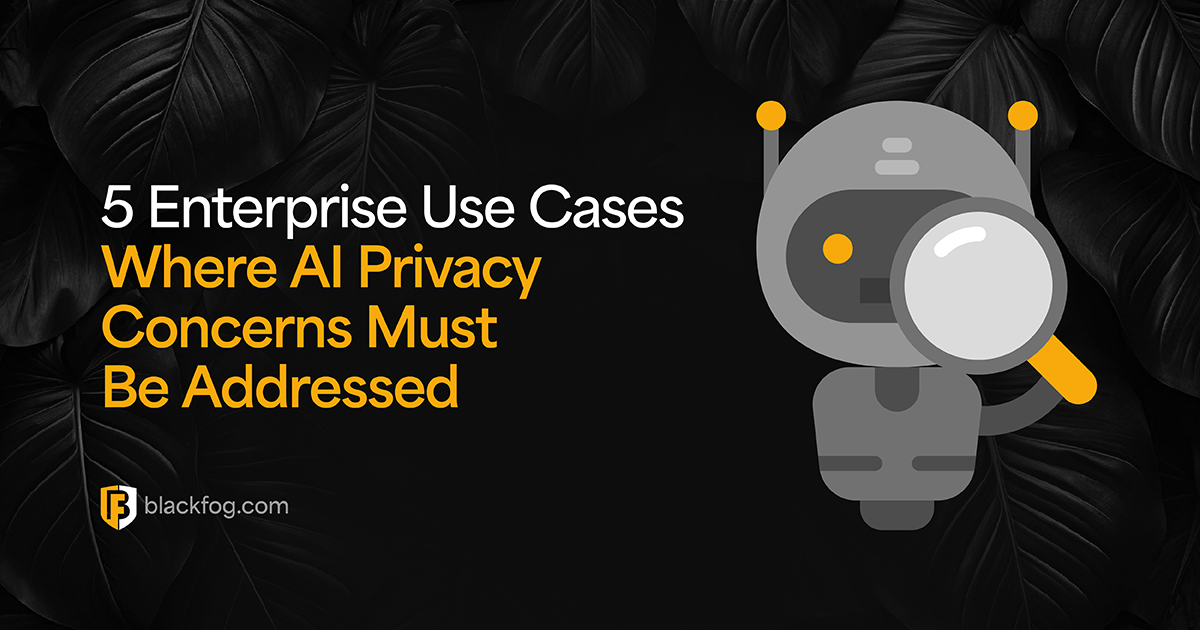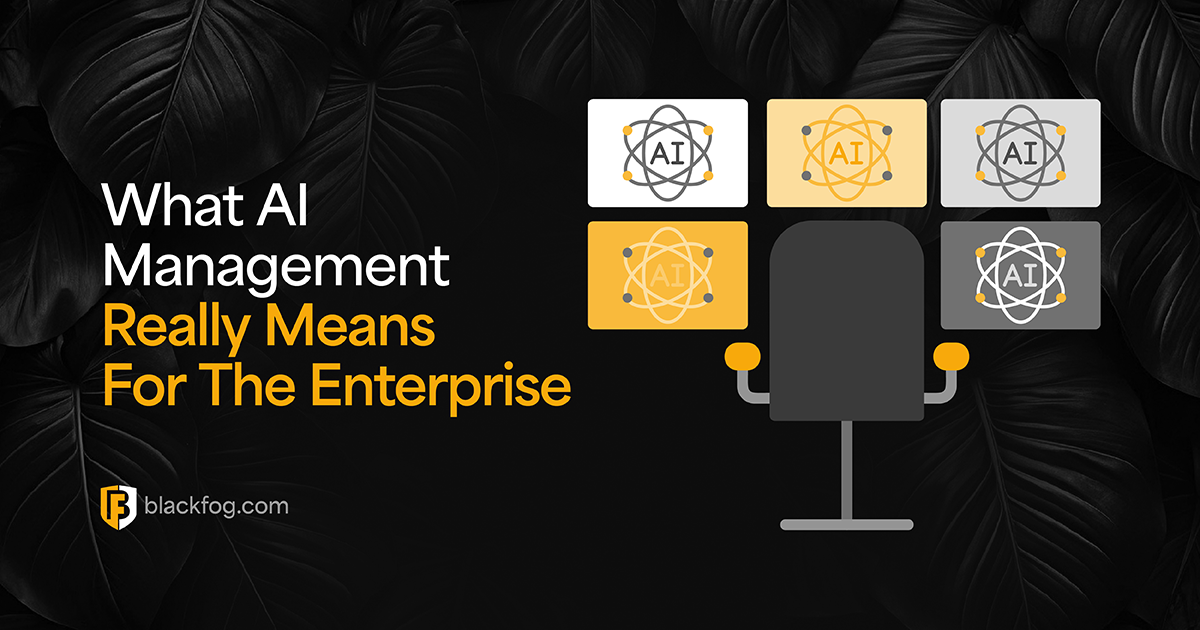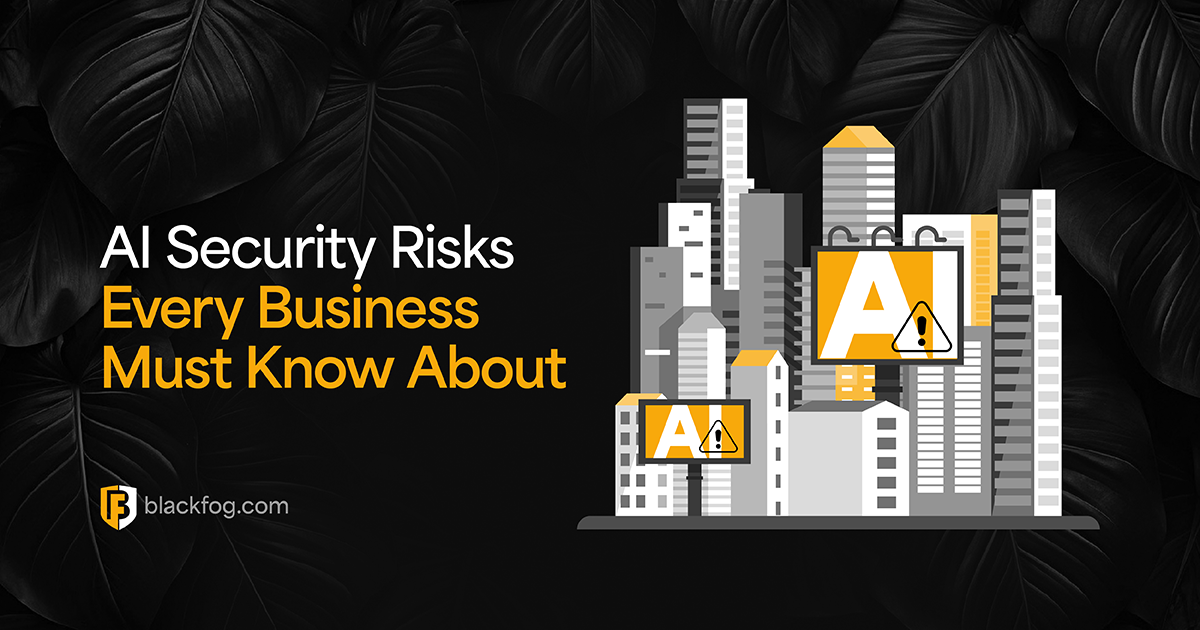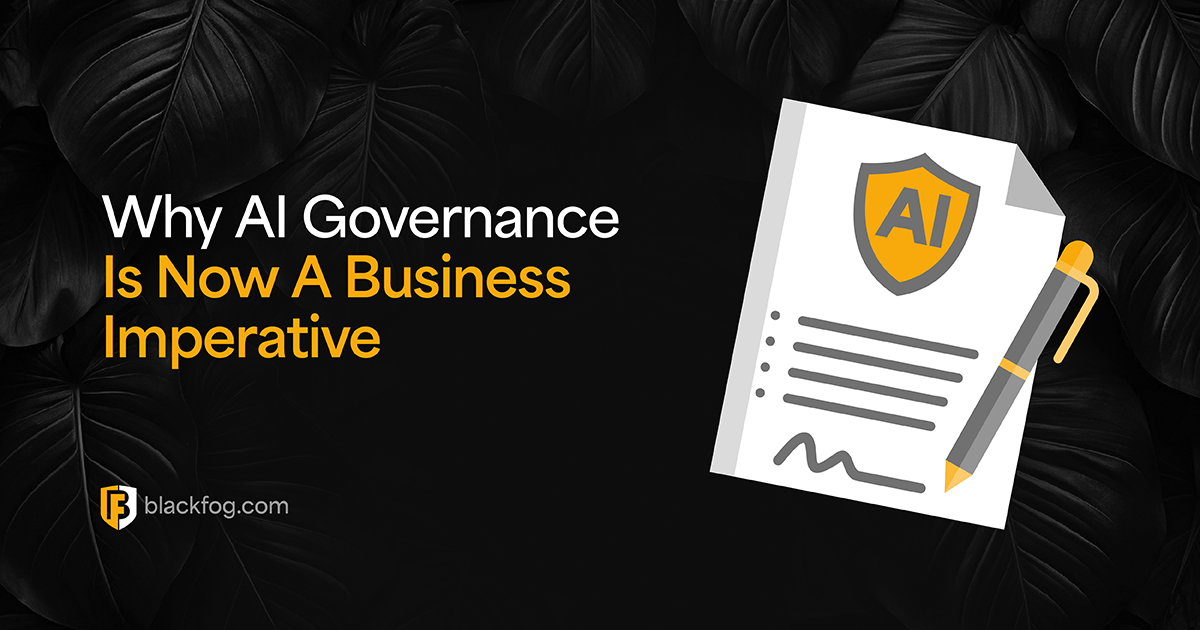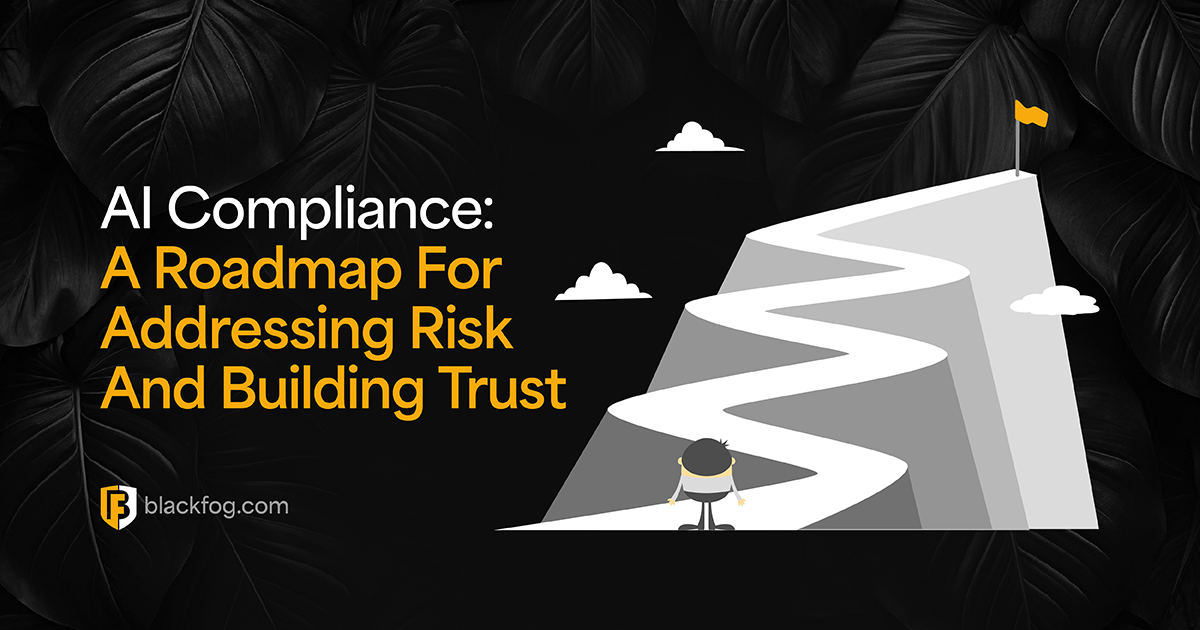
Why Security Leaders quit their jobs
Why Security Leaders quit their jobs
The Chief Information Security Officer (CISO) is one of the most vital roles in any organization. As an executive-level decision maker responsible for securing an organization’s data, the CISO role is typically considered the final rung of the cybersecurity career ladder. CISO work life balance is therefore an important consideration in retaining these individuals.
Like other C-suite leadership positions, the CISO role comes with an extraordinary degree of responsibility. The challenge of effectively managing risk while being accountable for the outcomes of uncertain decisions significantly impacts overall CISO job satisfaction and work/life balance.
The well-documented cybersecurity talent gap – projected to remain at 3.4 million open positions through 2023 – puts additional obstacles between organizations and robust security leadership staffing. The cybersecurity industry has an extremely high turnover rate, and that rate extends to cybersecurity leaders as well as analysts and managers.
For organizations dealing with rapid changes in the threat landscape, cybersecurity leadership turnover is a significant risk. Organizations can’t afford to replace cybersecurity leaders before they’ve had a chance to accomplish valuable strategic objectives.
BlackFog has conducted research into cybersecurity leader turnover rates and the factors that contribute to security leaders quitting their positions. These findings will help organizations go beyond compensation and consider valuable quality-of-life improvements that attract and retain top talent.
Share This Story, Choose Your Platform!
Related Posts
AI Data Exfiltration: The Next Frontier Of Cybercrime
How are cybercriminals using AI data exfiltration to enhance their ransomware attacks and what must businesses do to counter these threats?
5 Enterprise Use Cases Where AI Privacy Concerns Must Be Addressed
AI privacy concerns are rising with AI adoption - five use cases highlight the key issues businesses must consider.
What AI Management Really Means For The Enterprise
Ongoing AI management is essential in maintaining compliance in a challenging environment. Here's what businesses need to consider.
AI Security Risks Every Business Must Know About
AI Security Risks are growing as AI embeds in business. What key threats must firms address to stay compliant with data regulations?
Who’s Really In Charge? Why AI Governance Is Now A Business Imperative
Find out why a strong AI governance program will be essential if enterprises are to make the best use of the highly in-demand technology.
AI Compliance: A Roadmap For Addressing Risk And Building Trust
AI compliance is set to be a major focus for businesses in the coming year. Here's what you need to know to make this as easy as possible.

